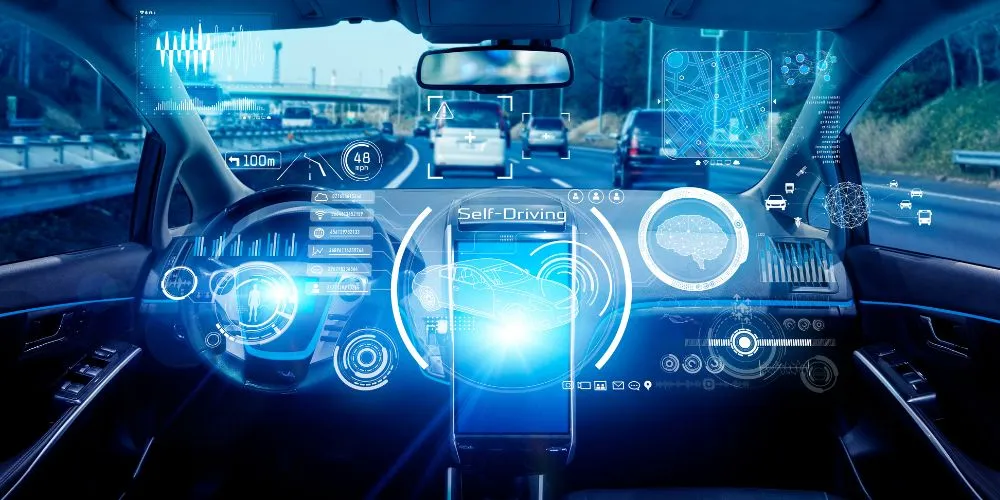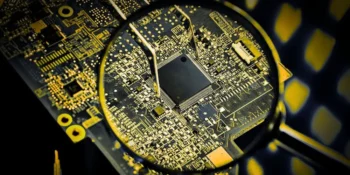In an era of unprecedented technological advancement, the automotive industry stands at the forefront of innovation, with embedded automotive systems leading the charge. At the intersection of automotive engineering and electronics, these systems are revolutionizing vehicles’ driving experience, safety features, and overall efficiency. In this article, we delve into the realm of embedded automotive systems, exploring their significance, challenges, and the transformative power they hold in reshaping the future of transportation.
The Essence of Embedded Automotive Systems
Embedded automotive systems represent the convergence of cutting-edge technology and automotive design, resulting in vehicles that are not just modes of transportation but also intelligent platforms. These systems encompass various applications, from infotainment and driver assistance to advanced diagnostics and autonomous driving. It enhances vehicle performance, safety, and connectivity by integrating sensors, processors, actuators, and software.
Consider the example of an advanced driver assistance system (ADAS). An ADAS equipped with cameras, radar, and LiDAR sensors uses embedded systems to detect obstacles, monitor lane changes, and even apply emergency braking when necessary. Integrating electronics and automotive engineering empowers vehicles to avoid accidents and proactively ensure passenger safety.
The Multidimensional Impact
The impact of embedded automotive systems extends beyond engineering—they touch the lives of millions of drivers and passengers worldwide. These systems enrich the driving experience by providing entertainment, navigation, real-time traffic updates, and more. From intuitive touchscreen displays to voice-activated controls, embedded automotive systems make vehicles an extension of our connected lives.
Consider the integration of navigation systems in modern cars. Embedded GPS and mapping technology enables drivers to receive turn-by-turn directions, locate nearby points of interest, and even avoid traffic congestion. This seamless integration of technology transforms mundane commutes into efficient journeys of discovery.
Challenges of System Development
While the potential of embedded automotive systems is immense, their development comes with intricate challenges. The complexity of vehicle electronics demands systems that are robust, reliable, and capable of seamlessly interacting with each other. Engineers must design architectures that allow various embedded systems to communicate and collaborate efficiently.
Moreover, ensuring cybersecurity is paramount in an era of connected vehicles. With the increasing connectivity of vehicles to external networks, the risk of cyberattacks and unauthorized access becomes a critical concern. Developing embedded automotive systems resistant to hacking, data breaches, and other security threats requires rigorous testing, encryption, and constant vigilance.
Innovative Collaboration
The landscape of embedded automotive systems thrives on collaboration, uniting automotive manufacturers, electronics companies, software developers, and safety experts. This interdisciplinary approach ensures that vehicles are technologically advanced but also safe, reliable, and compliant with industry standards.
Consider collaborating between an automaker and a technology company to develop an electric vehicle (EV) with advanced embedded systems. The team can optimize the vehicle’s energy efficiency and overall performance by integrating battery management systems, regenerative braking algorithms, and real-time data analysis.
The Future of Automotive Technology
As we look ahead, the vision for embedded automotive systems becomes even more exciting. The evolution of electric and autonomous vehicles, the growth of vehicle-to-vehicle (V2V) communication, and the integration of Artificial Intelligence (AI) will usher in a new era of transportation.
Imagine a world where autonomous vehicles use embedded systems to communicate with each other, optimizing traffic flow and minimizing congestion. Envision a future where electric vehicles are seamlessly integrated into smart grids, charging intelligently during off-peak hours to optimize energy consumption. These possibilities become attainable as embedded automotive systems continue to evolve and drive the future of mobility.
Conclusion
Embedded automotive systems are not just about technology—they’re about pioneering a new era of transportation that blends innovation with safety, efficiency, and connectivity. By integrating electronics into vehicles, we are redefining how we interact with and experience automobiles.
In a world where cars are becoming more than just machines, the significance of embedded automotive systems cannot be overstated. Through collaboration, adherence to safety standards, and a commitment to continuous improvement, engineers and researchers can harness the potential of embedded automotive systems to create transformative solutions that revolutionize transportation. As we continue to explore the dynamic landscape of automotive technology, let us recognize that embedded automotive systems are not just driving innovation—they’re steering us toward a future of smarter, safer, and more connected roads.










